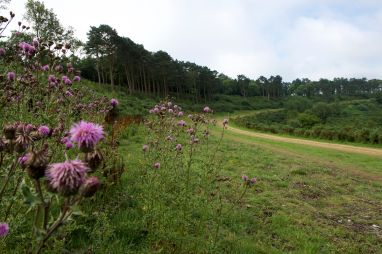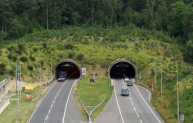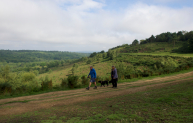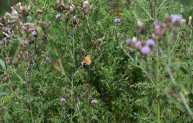- LEGO Air Jordan Flight Fleece Pants , air jordan 1 mid se take flight , IetpShops
- air jordan outlet real
- air jordan 6 carmine 2021 release date
- 104 - Air Jordan 4 Laser Black kaufen kannst - Jordan Legacy 312 Storm Blue - AQ4160
- Air MUS12 Jordan 3LAB5 Gamma Blue Metallic Silver - MUS12 Jordan Air 200e Men Dc9836-200 - 200 - MUS12 Jordan Air 200e Men Dc9836
- nike air force 1 low white gold dc2181 100 release date info
- Travis Scott Air Jordan 1 High OG CD4487 100 Release Date Price
- Air Jordan 3 Rust Pink CK9246 600
- all star air jordan 1 gotta shine
- best nike basketball shoes
- Home
- News and analysis
- Info hubs
- Events
- Video
- Case Studies
- About us
- Magazine
- Advertising
Produced for the industry by the Association for Consultancy and Engineering
News
Six years without a road brings the Devil's Punch Bowl back to life
The return of rare breeds of birds and beetle to the Devil's Punch Bowl is being celebrated six years after the Hindhead Tunnel project diverted the A3 from the Surrey Hills beauty spot.

Sightings of woodlarks, nightjars and the nationally scarce heath tiger beetle are strong signs that the Devil’s Punch Bowl in the Surrey Hills has been restored to good health. In fact, so promising is the abundance of wildlife – conditions have been noted as ready for the return of the silver studded blue butterfly – that Natural England has rated the site in ‘favourable condition’.
This means that exactly six years after the Highways Agency diverted traffic away from the Punch Bowl and into the 2km twin-bore tunnels of the £371m, A3 Hindhead Improvement, the site of special scientific interest is now meeting all of Natural England’s nature conservation targets.
Land where the A3 trunk road used to run between Hindhead Common and the Devil’s Punch Bowl, which is one of the highest points in southern England at around 300m above sea level, has been restored to heathland habitat. The trunk road traffic now travels on upgraded dual carriageway to the north and south of the site and through the tunnels below the site, while Hindhead residents and visitors use a downsized network of local roads.
Transformation of the SSSI and the restoration of the landscape within the Surrey Hills Area of Outstanding Natural Beauty have boosted visitor numbers, up 20% from 2011 to approximately 700,000 per year. New footpaths have been created by the National Trust so that visitors can enjoy the site without disturbing wildlife on sensitive heathland areas.
The overall achievement is being rightly celebrated by Highways England, Natural England and the National Trust as the result of a lot of good work by the whole team involved. Restoration of the site by the National Trust started in 2008 under a Higher Level Stewardship agreement. Efforts by teams from the Trust and local SSSI volunteers to restore a mix of upland and lowland heath and woodland habitats have been under way ever since, boosted by removal of the A3.
National Trust lead ranger, Matt Cusack, said: “I am thrilled we’ve achieved favourable status for Hindhead and the Punch Bowl during my watch. The removal of the A3 in July 2011 was a major milestone, enabling us to thin trees and transform the site into a swathe of heathland.”
Henry Penner is Highways England’s senior environmental advisor. He says: “The Hindhead Tunnel is a ground breaking piece of engineering and shows how, by working together, we can deliver a road network fit for the 21st century in a way that not only protects but enhances the environment.
“The tunnel is the longest of its type in the UK. The old A3 around the Devil’s Punch Bowl was filled in using sandstone excavated from the tunnel and a mix of seeds to match the surrounding environment. I am delighted that six years on it has been recognised for playing its part in the wildlife success of the Devil’s Punch Bowl SSSI, and recognise the excellent work that Natural England and the National Trust have done to protect and enhance this special place for the country.”









